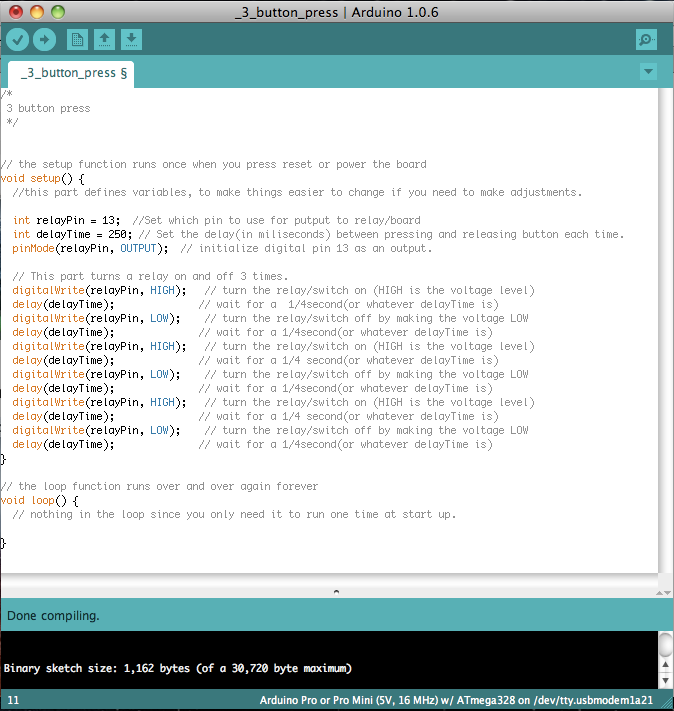I'm thinking of buying one of the newer Menards buildings that requires the power supply. Except I don't want to use that power supply. I'd rather not use a spot on one of my power strips for it. What I plan on doing is using one of my buck converters and a diode and set it to 4.5V DC with power coming from my lighting circuit. I've got some questions for the Forum about this.
1. What is the exact size of the plug on the DC walwart that usually powers the buildings? I'll order one from Digikey and connect it to the converter.
2. Will a diode in front of the converter be sufficient or should I use a bridge rectifier?
3. Should I add another capacitor (other than the one on the converter) for the Menards LEDs?
-Roger
















